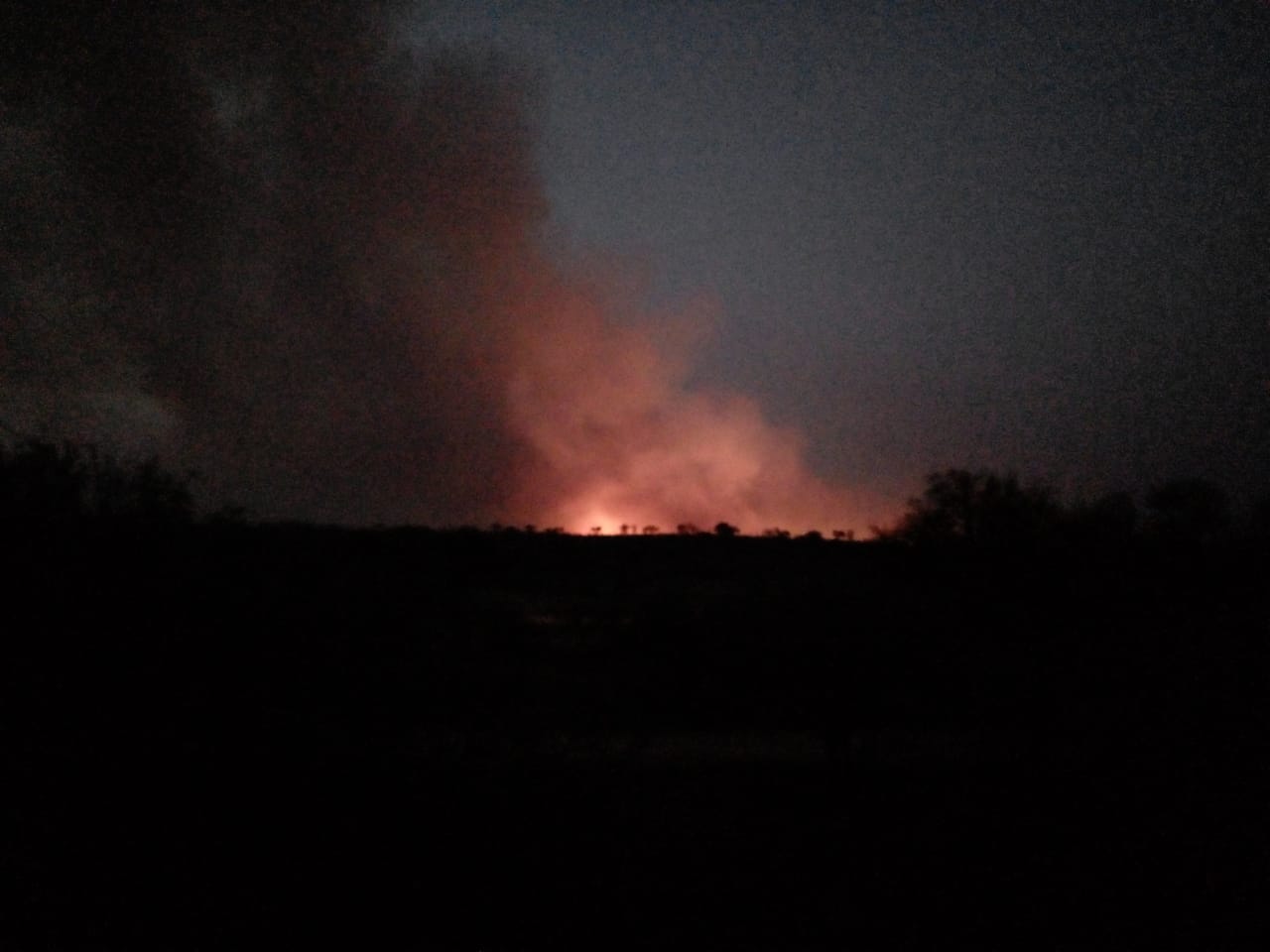
The ongoing wildfires in California, particularly in Los Angeles, significantly affect travel and transportation. Here’s what you need to know:
Air Travel:
- Flight Disruptions: While Los Angeles International Airport (LAX) remains operational, some flights have been delayed or canceled due to the fires and weather conditions. Flights to Hollywood Burbank Airport have been diverted to LAX because of the Palisades Fire.
- Air Quality Concerns: Smoke from the fires has led to poor air quality, which may impact flight schedules and passenger comfort. Travelers should check with airlines for the latest updates and consider potential health implications.
Road Travel:
- Road Closures: Several roads, including parts of the Pacific Coast Highway, have been closed due to the fires. These closures can lead to significant detours and increased traffic in unaffected areas.
- Evacuations and Traffic: Mandatory evacuations have been ordered in various parts of Los Angeles, leading to heavy traffic and congestion. Some residents have abandoned vehicles to evacuate on foot, further complicating road travel.
Public Transportation:
- Service Interruptions: The Los Angeles Metro has suspended fares due to power outages affecting fare card systems. Additionally, wind and wildfire damage have closed or detoured some bus lines.
Tourist Attractions:
- Closures: Major attractions, including Universal Studios Hollywood and Universal CityWalk, have been closed due to the fires. Events like the Critics’ Choice Awards have been postponed, and several entertainment productions have been halted.
Health and Safety:
- Air Quality: Air quality in Los Angeles ranges from moderate to very unhealthy due to smoke from the fires. Individuals with respiratory conditions should exercise caution and consider limiting outdoor activities.
Recommendations for Travelers:
- Stay Informed: Regularly check updates from local authorities, airlines, and transportation services.
- Plan Ahead: Anticipate delays and consider alternative routes or modes of transportation.
- Health Precautions: Be aware of air quality levels and take necessary health precautions, especially if you have underlying health conditions.
Given the dynamic nature of the situation, it’s crucial to stay informed and exercise caution when traveling in or to the affected areas.
My sister Julie lives in Los Angeles, and we are in close touch regarding her specific situation, which is worrisome, to say the least. We pray for her safety and the citizens of California; their loss of life, injuries, loss of their homes, and all of their treasured belongings. It’s heartbreaking.
Be well.
Photo from ten years ago today, January 9, 2015:
|
|





















